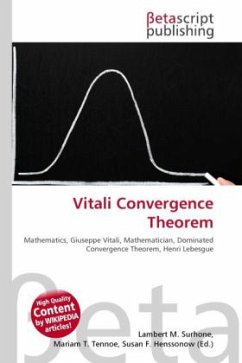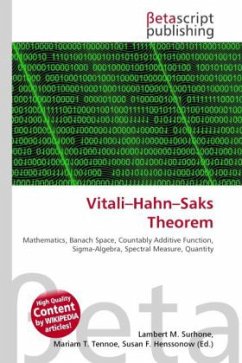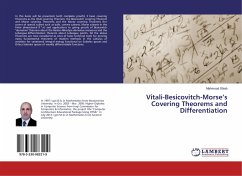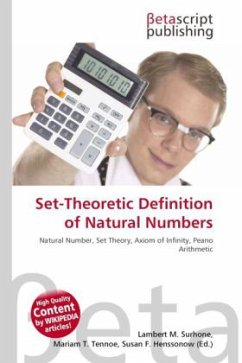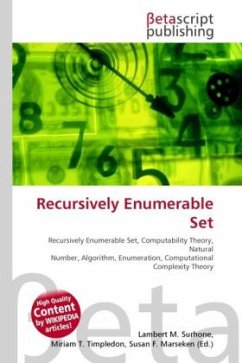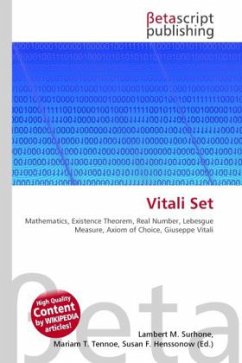
Vitali Set
Versandkostenfrei!
Versandfertig in 6-10 Tagen
23,99 €
inkl. MwSt.

PAYBACK Punkte
12 °P sammeln!
High Quality Content by WIKIPEDIA articles! In mathematics, a Vitali set is an elementary example of a set of real numbers that is not Lebesgue measurable, found by Giuseppe Vitali (1905). The Vitali theorem is the existence theorem that there are such sets. There are uncountably many Vitali sets, and their existence is proven on the assumption of the axiom of choice. Certain sets have a definite 'length' or 'mass'. For instance, the interval [0, 1] is deemed to have length 1; more generally, an interval [a, b], a b, is deemed to have length b a. If we think of such intervals as metal rods wit...
High Quality Content by WIKIPEDIA articles! In mathematics, a Vitali set is an elementary example of a set of real numbers that is not Lebesgue measurable, found by Giuseppe Vitali (1905). The Vitali theorem is the existence theorem that there are such sets. There are uncountably many Vitali sets, and their existence is proven on the assumption of the axiom of choice. Certain sets have a definite 'length' or 'mass'. For instance, the interval [0, 1] is deemed to have length 1; more generally, an interval [a, b], a b, is deemed to have length b a. If we think of such intervals as metal rods with uniform density, they likewise have well-defined masses. The set [0, 1] [2, 3] is composed of two intervals of length one, so we take its total length to be 2. In terms of mass, we have two rods of mass 1, so the total mass is 2.




